There’s no easy way for me to break this to you, so make sure you’re sitting down: Kenneth Branagh’s Thor
(2011) is a feminist movie. Okay, I admit that on the surface a movie
about an uber-masculine hammer-wielding thunder god doesn’t exactly seem
like fertile ground for a feminist reading. But it’s surprisingly
subversive of the genre of action movies and an extremely sensitive
portrayal of a group of human beings who are dealing with their own crap
and other people’s crap and not doing very well with either.
Now, Thor is still vulnerable to the critique that applies to most
movies in our culture: it focuses too much on the men’s stories and not
enough on the women’s stories. I don’t deny that this is a problem. But
where it does focus on women, the film portrays them as real, whole
people with internal motivations, emotions and agency. This portrayal is
virtually unique in the genre. Consider Jane, the physicist who, er,
“stumbles” across Thor in the first scene and becomes his major love
interest. Already, this is a departure from mainstream portrayals of
women: she is a physicist, a profession that is socially-coded male, and
she seems to be dedicated, passionate, and good at her job.
Not only that, but Jane is not your typical leading lady, who might
mention her job once and then focus entirely on the leading man for the
rest of the movie. No, Jane is obsessed with research and very focused
on her career. Several times, she literally risks her own life and the
lives of others to get data (I didn’t say she had her priorities
straight!). In fact, she repeatedly says that her work is her “whole
life”.
Basically, Jane is a highly intelligent workaholic – a kind of female
character that is rarely portrayed at all, let alone as a person with
emotions and agency. Even better than that, when she meets Thor, this doesn’t change.
Jane is never punished in the narrative for being a workaholic – she
never has the cliched epiphany that her career-obsessed ways were or are
making her miserable, and she does not need to compromise on her
workaholism to keep Thor’s interest (indeed, Thor even helps her get her
data back).
Yes, Jane is Thor’s love interest, but even in that context she is
portrayed as a whole, interesting person, to whom Thor is attracted
because she is curious, bright, compassionate, and self-possessed. She
is not just a McGuffin to make Thor want to defend Earth. We, the
audience, see all of Jane and this implies that Thor sees all of Jane,
not just her beauty. Consider by contrast the portrayal of Rachel Dawes
in Nolan’s otherwise excellent Batman films, who exists mainly to look pretty, deliver moral lessons to Bruce, and get threatened by bad guys. Superman Returns
even butchered Lois “ambition is my middle name” Lane, turning her into
a character entirely defined by her relationships with the men in the
narrative.
Jane’s assistant Darcy also deserves a mention here, because this
kind of wise-cracking, jokester bit-role is rarely given to women in big
budget films. The dynamic between Jane and Darcy feels very real, and
again, the two play off one another and interact in almost a
buddy-comedy-esque manner (ambitious career-girl and sarcastic sidekick
have adventures!).
Sif is another prime example of how to do female characters right. A
super competent female warrior, who is neither hypersexualised nor the
butt of jokes? Fuck yes! Even better, Sif refuses to let jerkwad!Thor
take any credit for her achievements – he wants kudos for supporting her
in her career as a badass warrior, but she shuts him down, and so she
should. Believing that women can reach goals that society says are for
men only, and supporting women’s right to agency and self-determination,
is literally the minimum standard of human decency. No cookies for you, Thor. But refreshingly, Thor’s comment is supposed
to be read as arrogant and egocentric – the narrative supports Sif, not
Thor, who shortly afterwards gets himself banished from Asgard for
being arrogant and egocentric in general.
Not only does the narrative treat Jane, Darcy and Sif with the
respect they deserve, but so does the cinematography. In most mainstream
action films, the camera often pans up women’s bodies or lingers on
their most “attractive” features – not only when a male character is
looking at them, but just generally, by way of presentation of these
characters to the audience. This may also be accompanied by ridiculously
context-inappropriate wardrobe choices such as high heels, tight shirts
and short skirts worn regardless of what the female character has to do
in a scene (see: every James Bond film ever). Thor
does neither of these things! Sif, Jane and Darcy are never panned over
by male characters, nor presented for the audience’s visual consumption.
In fact, it is Thor’s body that is panned over to show to the
audience that Darcy and Jane are very attracted to him. For the first
time in a mainstream superhero movie, ladies and gentlemen, I give you: the heterosexual female gaze!
This is a huge deal! Of course it was terribly confusing for some
straight men, who apparently began to feel, well, a little bit “gay” (their words).
This is a really wonderful subversion of the heteromale gaze, and it
shows straight men what it’s like to go to the movies and see bodies not
exclusively packaged for their consumption. Now, we can
disagree on the extent to which people should ever be sexualised like
that, but clearly when this is virtually always done to women and almost
never to men, we have at the very least an inequality problem.
Correcting this imbalance is one way to start making our culture better
for women. And in this context, it is downright subversive.
Bra-fucking-vo.
The female characters also wear clothing that is realistic and appropriate! Jane is shown as having very basic personal style, wearing jeans, t-shirts, and baggy checked shirts over the top. Darcy has a more funky style, which expresses her wise-cracking, off-beat charm – again her wardrobe meshes coherently with her characterisation. Sif’s outfit is perhaps the biggest achievement in this department: her armor looks both functional and fucking awesome! Her hair is up and out of the way for fighting! She looks badass, intimidating and strong, in the same manner that Thor, Loki, and the Warriors Three do. A+, costume department. Even her movie poster is in the exact same style as the men’s posters!
The female characters also wear clothing that is realistic and appropriate! Jane is shown as having very basic personal style, wearing jeans, t-shirts, and baggy checked shirts over the top. Darcy has a more funky style, which expresses her wise-cracking, off-beat charm – again her wardrobe meshes coherently with her characterisation. Sif’s outfit is perhaps the biggest achievement in this department: her armor looks both functional and fucking awesome! Her hair is up and out of the way for fighting! She looks badass, intimidating and strong, in the same manner that Thor, Loki, and the Warriors Three do. A+, costume department. Even her movie poster is in the exact same style as the men’s posters!
Another way in which Thor breaks down sexist narratives is
by challenging the traditional hypermasculinity of the superhero. Thor
is built like a tank and possesses strength, courage and supernatural
power. But his character is achingly vulnerable: he tears up when Loki
visits him on Earth, asking plaintively if he may please return home (it
broke my fucking heart, you guys, you don’t even know). And his
vulnerability does not make him weak! Indeed, it is Thor’s transition
from arrogance and bravado to humility and vulnerability that permits
him to regain his powers and wield Mjolnir again. Loki, too, is
presented as emotional and vulnerable – but again his expressions of
anguish make him no less dangerous, intelligent, devious, and
threatening. Indeed, it seems to me that Loki is perhaps the first truly
convincing and serious supervillain who has cried on screen.
Branagh’s Thor is more feminist than I thought a movie about
a male superhero could ever be. Of course, it occurs to me that most of
the things I am praising here are things that all films should be
doing. They aren’t doing them, though. Thor is. Still, maybe I
shouldn’t be giving Kenneth Branagh kudos for not being as outright
misogynistic as Michael Bay or as obliviously sexist as Chris Nolan.
Nevertheless, Thor is one superhero movie that I can watch
without wanting to reach into the screen and throttle someone. In fact,
it is the first superhero movie that has made the social justice part of
me very happy. As a fan of the superhero genre and as someone who cares
about geek culture, that means something to me.









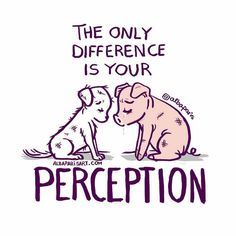

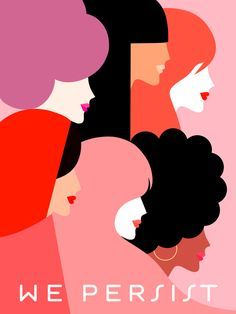
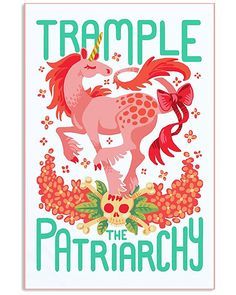
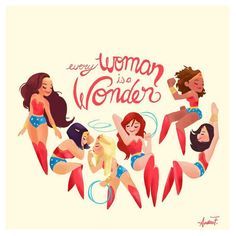
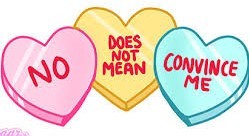
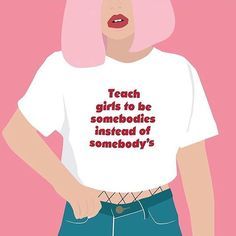
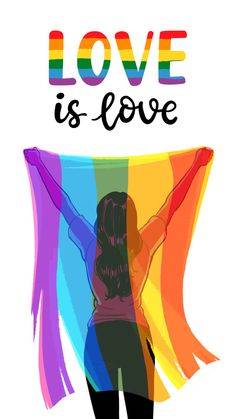

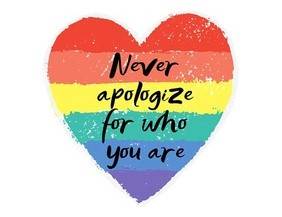








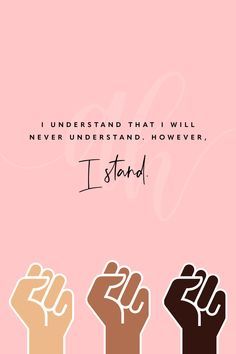





Nessun commento:
Posta un commento